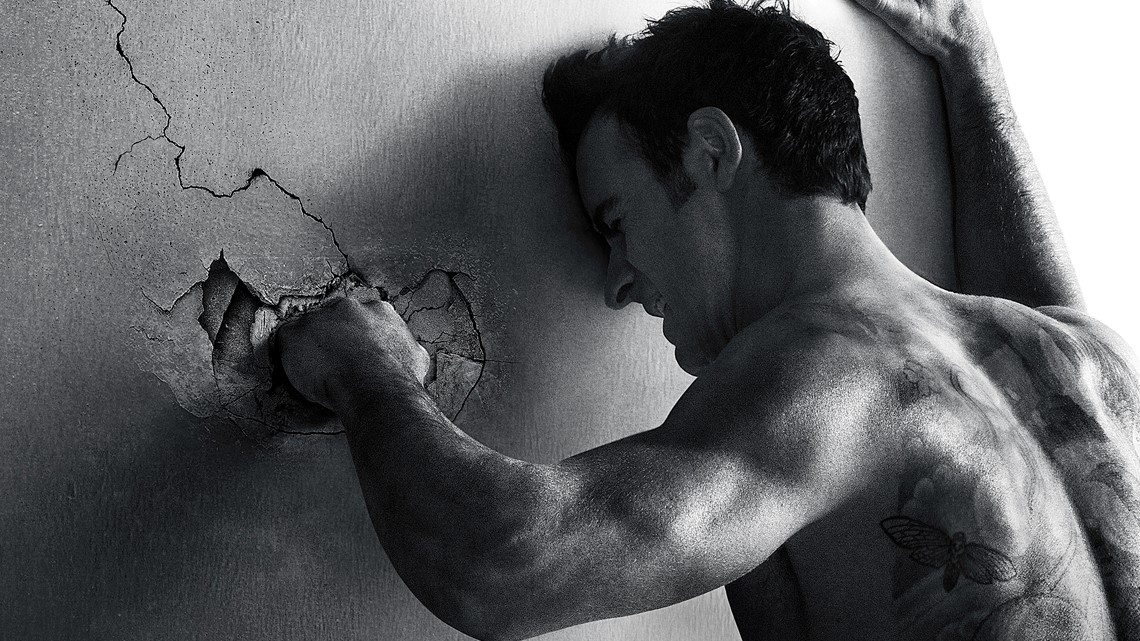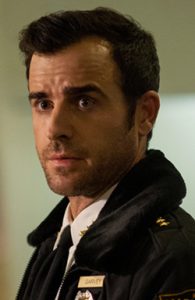The Leftovers Series blog: Episode 2
Expanding upon the world established in the pilot, The Leftovers continues to be somewhat of a slow-burner in its approach to character development. This isn’t exactly surprising: in a show that fixates so heavily on the grieving process, any and all progress will likely be incremental in nature. Nonetheless, this second episode can’t help but feel a little like a re-tread of the first one due to the emotionally stunted nature of its characters.
The show’s setting reflects this stilted emotional state, with staid tableaus of coffee shops, police stations and gas stops that mark the quieter moments of the episode with a palpable sense of small-town ennui. Mapleton, NY, appears as a town preserved in time under its constant layer of fresh snow. People exist here in their own little spheres of existence, hermetically sealed from the rest of the world. One man stands out in the morning cold burning the clothes of a brother lost in the Sudden Departure. It’s all rather grim, with the tacit understanding that little will change in the foreseeable future. It makes the show a hard pill to swallow at times in a television landscape that is more than populated with apocalyptic visions of people at their very worst.
Not that the episode entirely stalls, with the smash cuts and sudden bursts of violence making a return once again to shake away viewer complacency. This plays out in extended fashion early in the episode with the raid on Holy Wayne’s (Paterson Joseph) base of operations for the cult. The scene immediately disorientates both through its shaky camerawork and jarring, unprecedented level of violence, and is one of only a few scenes that play towards a larger understanding of this world in the wake of the Sudden Disappearance. This intimation of greater machinations at work lends the show a small degree of narrative urgency so lacking in the personal relationships of the main characters.
It’s all rather grim, with the tacit understanding that little will change in the foreseeable future. It makes the show a hard pill to swallow at times
The strength of this action sequence is compromised somewhat by the opening scene that immediately precedes it. Character is best conveyed through behaviour, yet the opening scene consists entirely of an expositional conversation that only exists seemingly to build up Holy Wayne as an immediate threat.
And as a villain, Holy Wayne is more than a little problematic. Besides a seeming fetish for teenage Asian groupies, Wayne is also seen kissing the lips of a man he’s just had murdered in one indication amongst many of his supposed ‘otherness’. A topless black man with an unusual sexuality and English accent seems so ludicrously top-loaded with stereotyped villainy that you can only hope its all some sort of red herring or plot-twist waiting to happen.
Back in town, Megan is adjusting to life as part of the Guilty Remnant. After only a small part in the pilot, Liv Tyler moves very much to the forefront of the ensemble here as she and Justin Theroux’s Chief Garvey go through a similar struggle to find meaning in a post-disappearance world. Visually, much of this conflict revolves around inanimate objects: from the blow-up penguin in the therapist’s office and Kevin’s burnt bagels to Megan’s pancakes with a whipped cream smile and the tree she is tasked to fell for the Remnant. These objects remain vaguely inexplicable, resolutely refusing to convey meaning in the face of the trauma these people have experienced.
Megan even goes so far as to recognise the rote symbolism of her tree chopping – as if it’s “meant to symbolise my old life or something”- yet the tree remains an insurmountable challenge all the same. In Garvey’s story, the packs of feral dogs and phantom-man that hunts them are similarly inexplicable, as the other characters express serious doubts about their actual existence. Only able to stall for so long, the end of the episode does provide a small amount of resolution for both the Chief and Megan. It’s a big step forward for the show, recognising for the first time that ‘all suffering, no salvation’ makes Jack a dull boy.
Overall, this isn’t an inherently bad installment, as the slow-burn approach does allow The Leftovers to seed later character development in a well-paced and natural manner. Between Kevin’s institutionalised father, the enigmatic Nora Durst and Christopher Eccleston’s preacher, the auxiliary cast are slowly worked into the central story arch without the sort of heavy-handedness seen in Holy Wayne’s earlier scenes. Still, it all feels a lot like place setting for later events in what is ultimately a transitional episode.


Comments